Mini Book Reviews: Non-Fiction Holiday Books
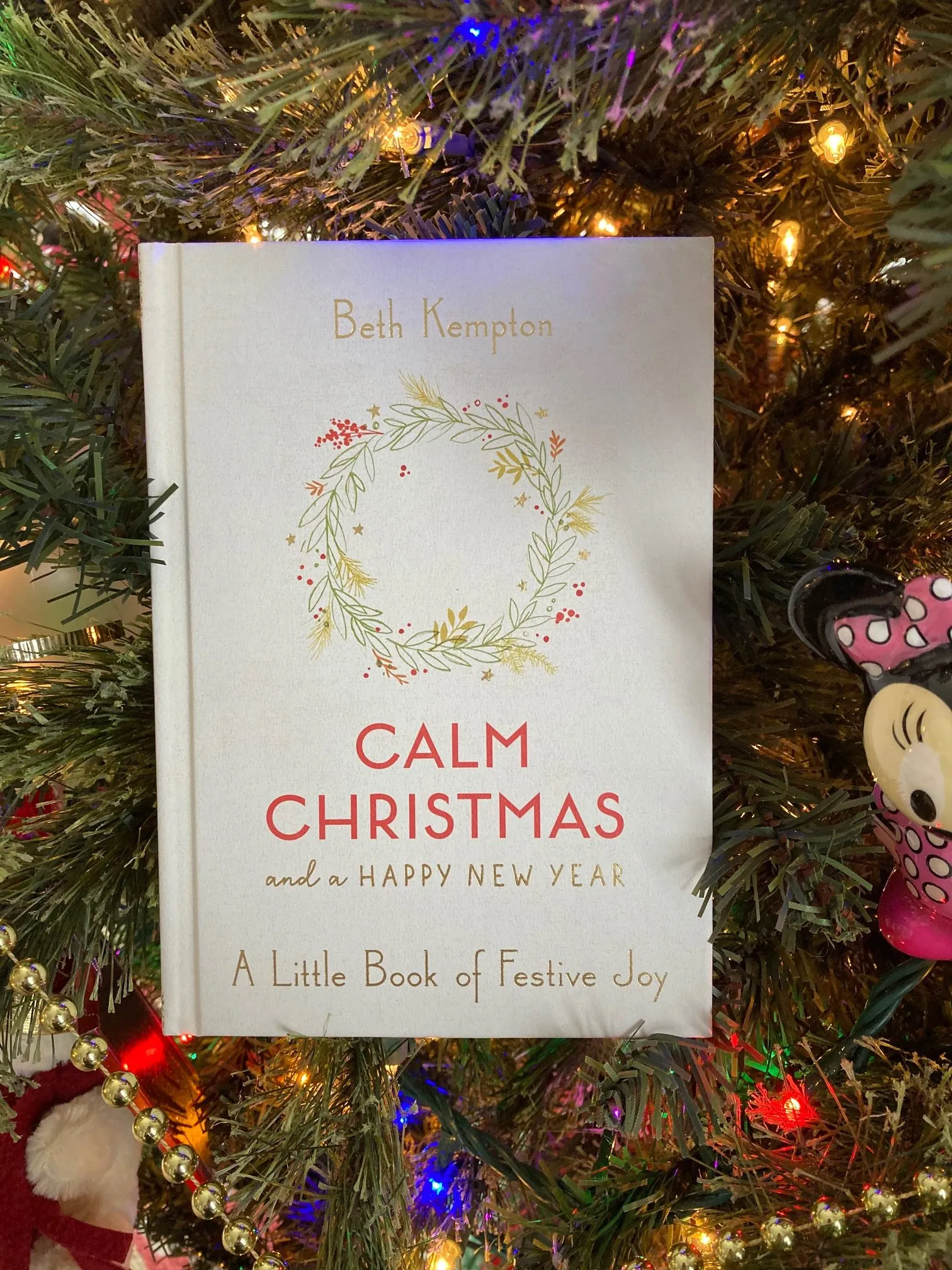
Each Fall I send an email to the major publishers I review for, asking them for their holiday specific titles. I do this because I need to plan for my radio segments early, but I also love reading for the specific season. If it was a normal year I would recommend these books as hostess gifts because they’d go great with a bottle of wine, but the likelihood of us going to any kind of in-person holiday party is pretty minimal at this point (at least, it is here in Alberta). I still think these books make great gifts and stocking stuffers, but who you gift them to and in what way is entirely up to you.
First is Calm Christmas and a Happy New Year by Beth Kempton. A little white hardcover with gold embossing on the front, it’s a beautiful book for those girly-girls in your life. It’s written from the perspective of a busy woman and mother, and while all women aren’t necessarily expected to take on the burden and work of the holidays, I know in most cases we (unfortunately) do. The book is divided into three different sections: before Christmas, during Christmas, and the New Year. Kempton implores us to sit down in November and map out what’s important to us during the holidays; is it giving the perfect gift, cooking the perfect meal, attending your local church for all the ceremonies or connecting with special friends and family? She gives us charts and templates to follow, but her advice basically boils down to the idea that we focus on what we want, and let go of what we don’t.
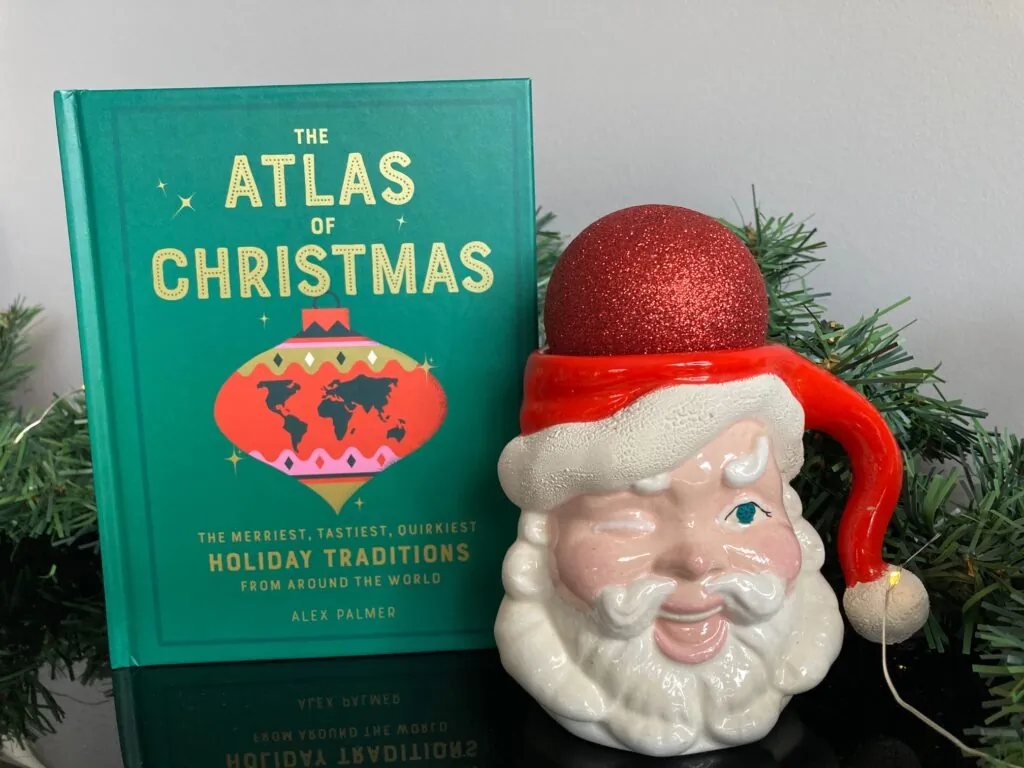
Is a book encouraging us to ‘take it slow’ really necessary during the pandemic? Perhaps not, many of us are taking it slow because have no other choice. But everyone is in a different situation, and I have no doubt there are some people facing an even busier holiday season because of the restrictions; family staying the length of a quarantine, individual meals made up and delivered to family around the city, obsessive house cleaning to reduce spread, all these measures to help protect us against Covid-19 will inevitably be dumped on someone’s lap, so this book will always be relevant to a percentage of the population. Personally, I’ve ordered my Christmas Eve dinner from a local cooking school so all I have to do is heat it up in the oven. Look at me; I’m benefitting from this book already!
Next we have The Atlas of Christmas, The Merriest, Tastiest, Quirkiest Holiday Traditions From Around the World by Alex Palmer. I say this in the nicest way possible; this is your standard-fare toilet book, and by that I mean it’s one of those books you keep in the bathroom. You can dip in and out of it for a page or two to discover some fascinating little fact that you can impress people with at your next trivia night (in 2021?), or simply revel in the fact that Christmas means so many different things to so many different people. Palmer divides the book into sections like food, games, decor, ceremonies, and saints/gift bringers, and even though each country he touches upon has their own variations, it’s a real treat to learn about the breadth of traditions that are connected to this holiday. One of the most hilarious examples is from the Spanish in Catalonia, who sometimes include a figure known as “El Caganer”, otherwise known as “the crapper” in their nativity scenes. This is a figure, (typically a man) who is squatting down with his pants around his ankles taking a poop off in the corner of the scene. Yes, you read that right! I laughed out loud when I first landed upon this, and you can best believe I’ll be trotting out this little piece of information at my family’s next holiday meal.

Lastly we have How to Eat Your Christmas Tree by Julia Georgallis. Half cookbook, half eco-warrior call to action this book details the environmental impact of cutting down so many trees each year, and implores us to either replant your tree (more on that later), consider using a different kind of sustainable plant (like bamboo) or use up different parts of your tree after you’re done with it by cooking with it as an ingredient. Warning! You can only cook with certain trees, and the author recommends sticking to fir, pine and spruce to play it safe. Cedar and Cypress aren’t good for you, and Yew trees are incredibly poisonous, so make sure you know what kind of tree it is before munching on it. She also points out that eating raw needles off an evergreen tree are a choking hazard, so you must prepare it the way she advises, which is basically just safely clipping them from the branches and washing them thoroughly. Then, each recipe lays out a specific way of cooking them. Like any cookbook there are a few sections; appetizers, mains, desserts and cocktails, although there are only 30 recipes in total. When I typically review a cookbook I’ll make a few of the recipes to base my review on but in this case…I just didn’t want to eat pine needles. None of the recipes looked particularly appetizing to me, save the Pine Nut & Chocolate Brownie, but honestly pine nuts are so expensive I don’t want to go the trouble of making that recipe either.
Georgallis mentions that we should consider replanting our Christmas tree after using it, but points out that you must maintain the root system in order to do this. Aside from my curiosity of what kind of a tree stand you would use to accommodate a root ball, I really question the practicality of this suggestion. Other than farmers who have the equipment and space to do something like this, I doubt many of us have the inclination or ability to make this happen, especially the kind of people who would buy a book like this. This isn’t a useful guide sold at a gardening supply center, no, this is a giftable hardcover that makes a good conversation piece more than anything. My final verdict on this one? A cute idea in a beautiful little package, but ultimately, not a very useful book to have around the house.

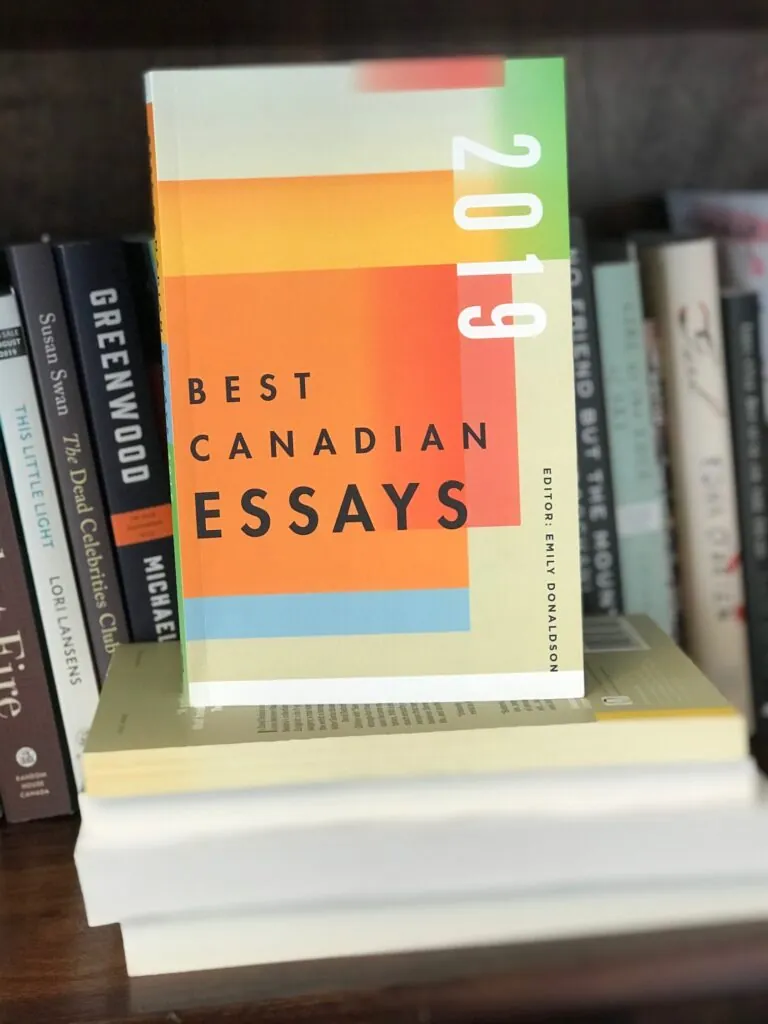
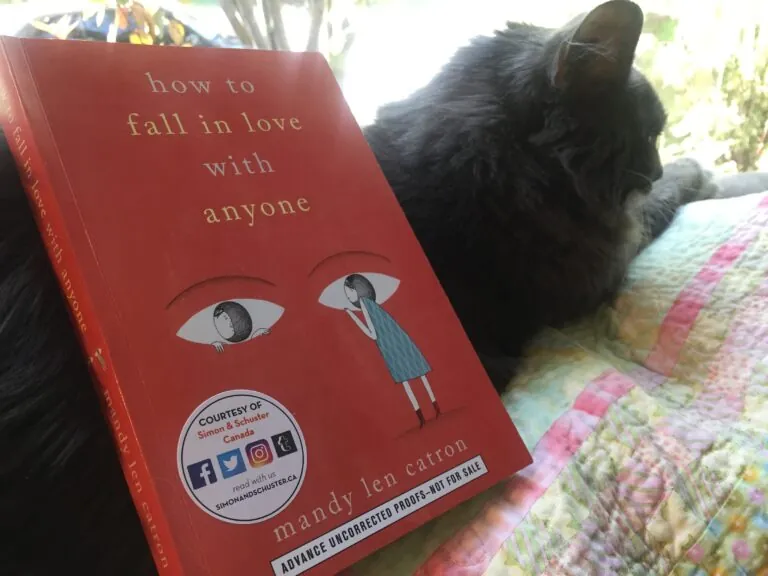
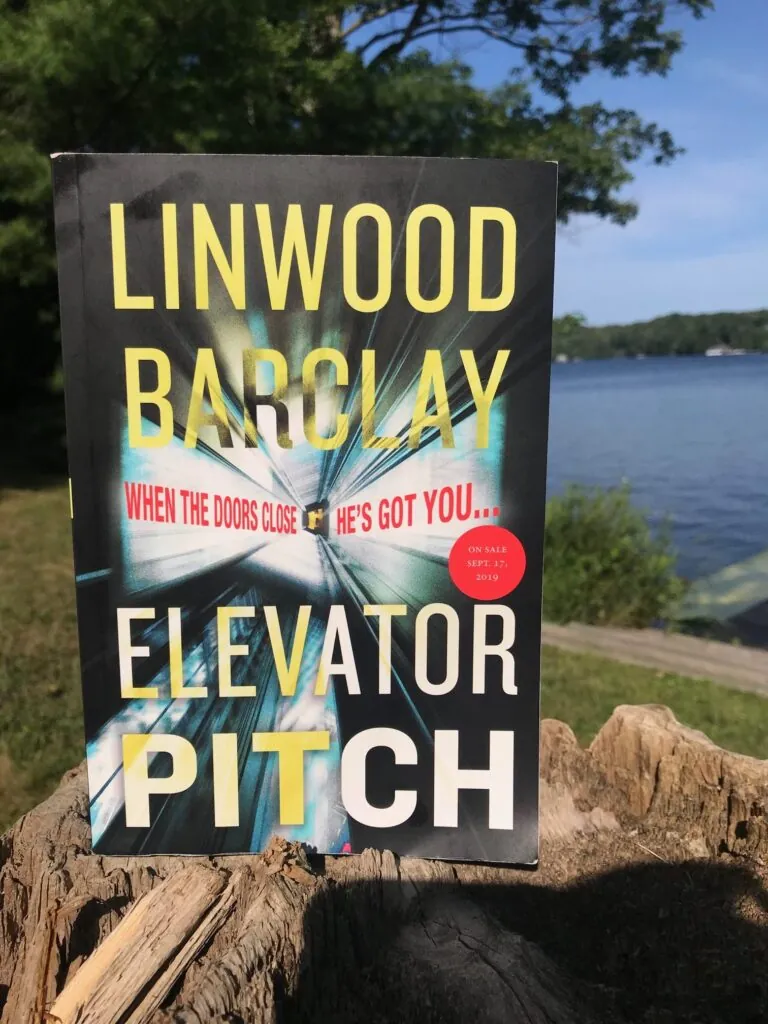
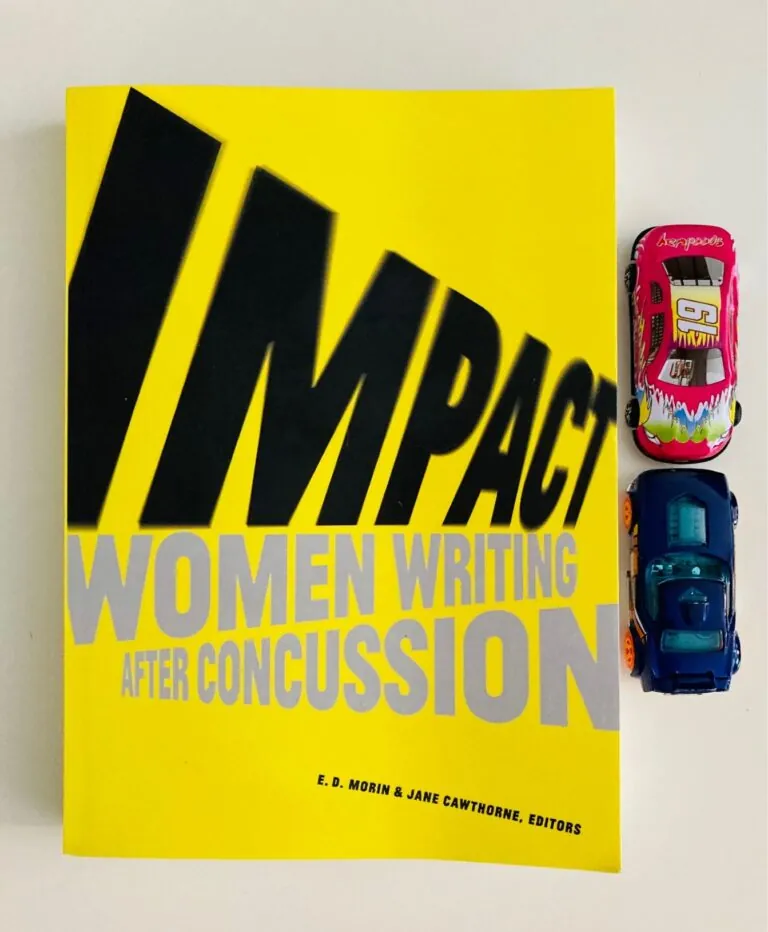
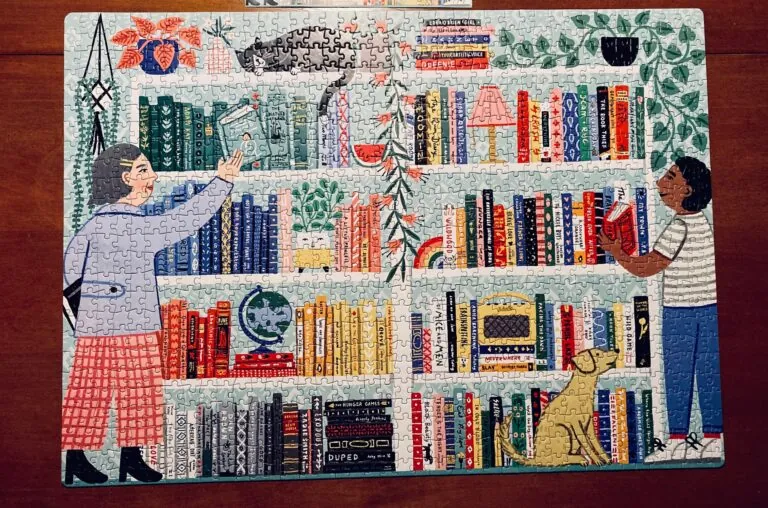
“Personally, I’ve ordered my Christmas Eve dinner from a local cooking school so all I have to do is heat it up in the oven.”– What a great idea! It reminds me of my 40th birthday when my husband asked a group of church women (yes, they were all women) to cook up 12 meals I could stash away in my freezer for rainy days. It was the best present ever!!
I don’t think I want to cook with my Christmas tree, but we do always save ours until it’s dry enough to hack into pieces and use for kindling in our wood stove. We go around and take our neighbours’ trees too!
Your husband has the right idea-wow I am so impressed by that!!! Good on him
I’ve been waiting for a similar gift ever since… haha!
I don’t blame you!
my dad did make spruce beer but that was the only tree consumption we did.
Oh, that sounds yummy! I think a few spruce-flavoured things now and then are great, but as a cookbook? Sort of fell flat for me.
That last book does sound like a stretch of a good idea that meanders into pointlessness. Why make suggestions for how to create a tree with stuff in your home? Something Pinterest-y? You could use books, for example.
‘stretch of a good idea that meanders into pointlessness’ BHAHAAHAHA this is the perfect way to describe so many books these days
I mean, 2020 sucks. I’m not eating trees, too.
yup
The whole question of sustainability when it comes to Christmas trees seems to be kind of a trend right now. Peter and I were actually discussing it this morning as we drove to get our tree. That last book sounds a little unrealistic in the ideas offered. How many people are really going to eat their tree after Christmas? We generally toss ours into a corner of the backyard and if it’s still around in the spring we use it for our first summer bonfire. I’ve heard of people having small potted trees that they then plant but I can’t imagine you could do that with a full-sized Christmas tree.
Yes exactly, this book was unfortunately just too unrealistic…